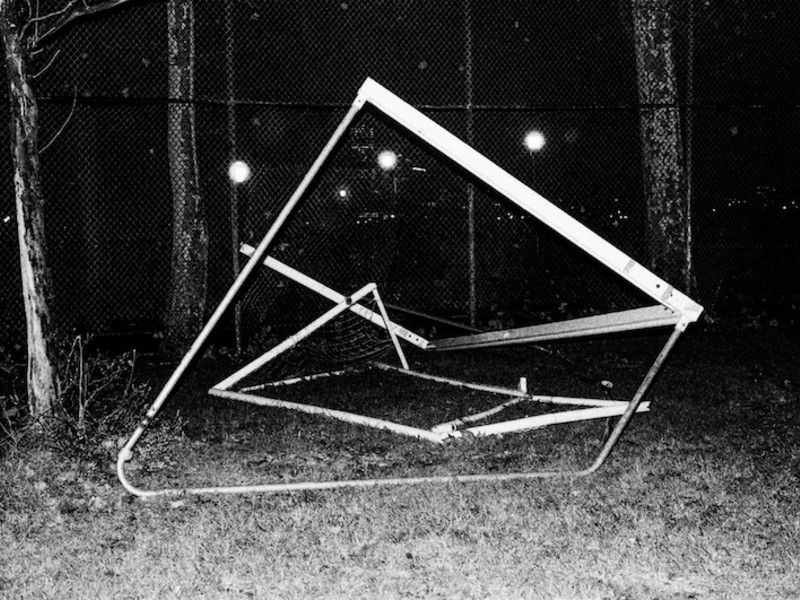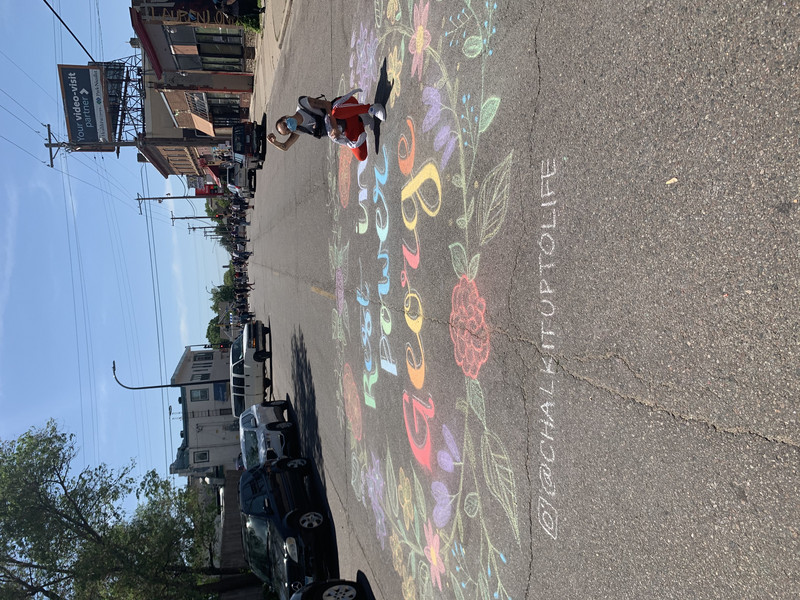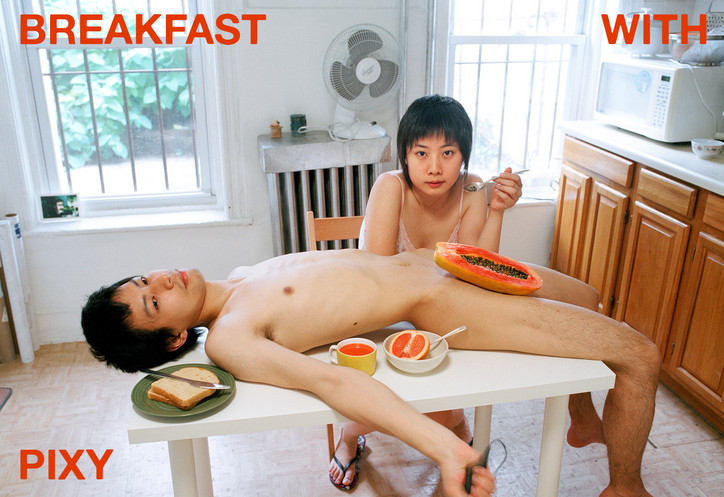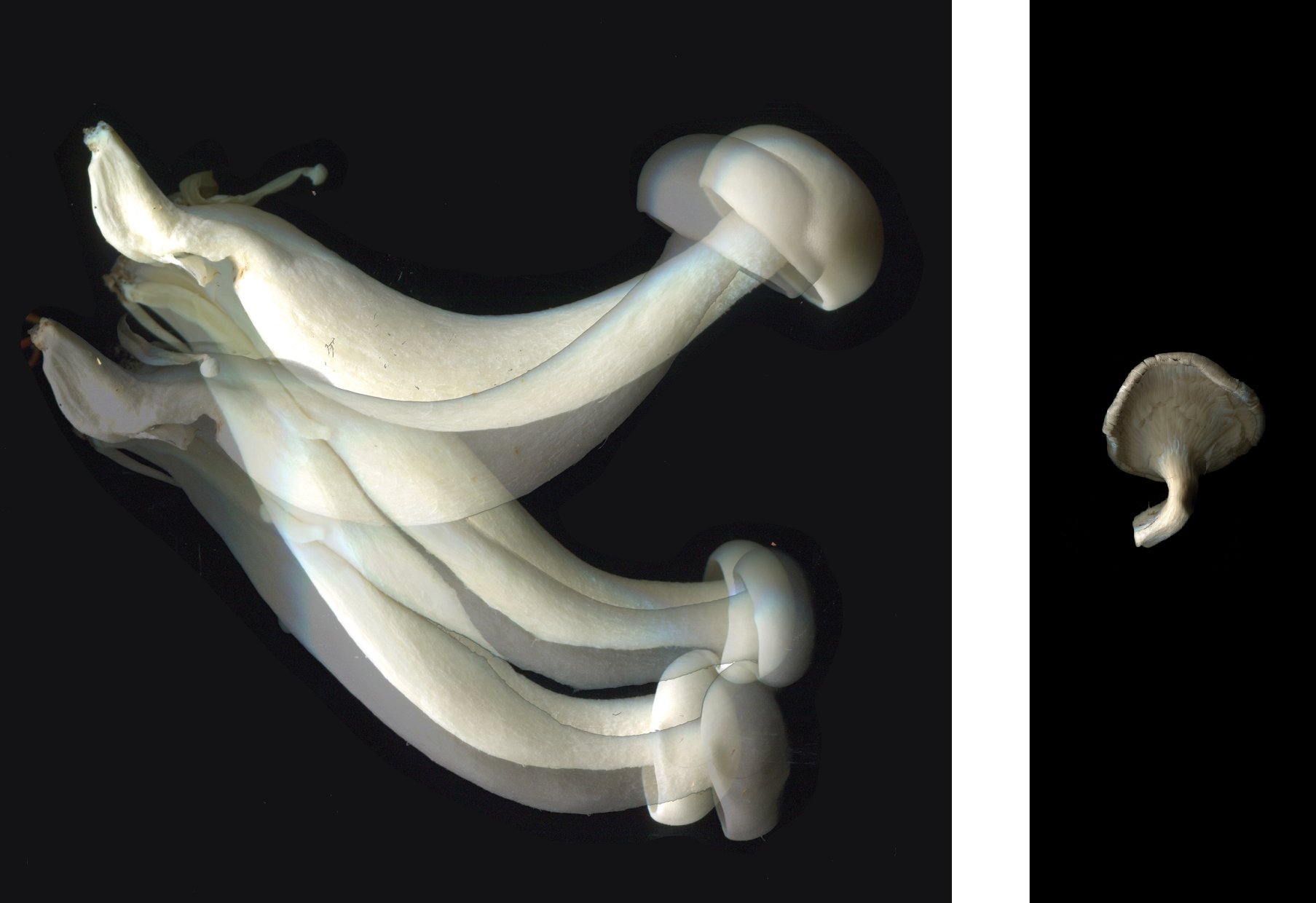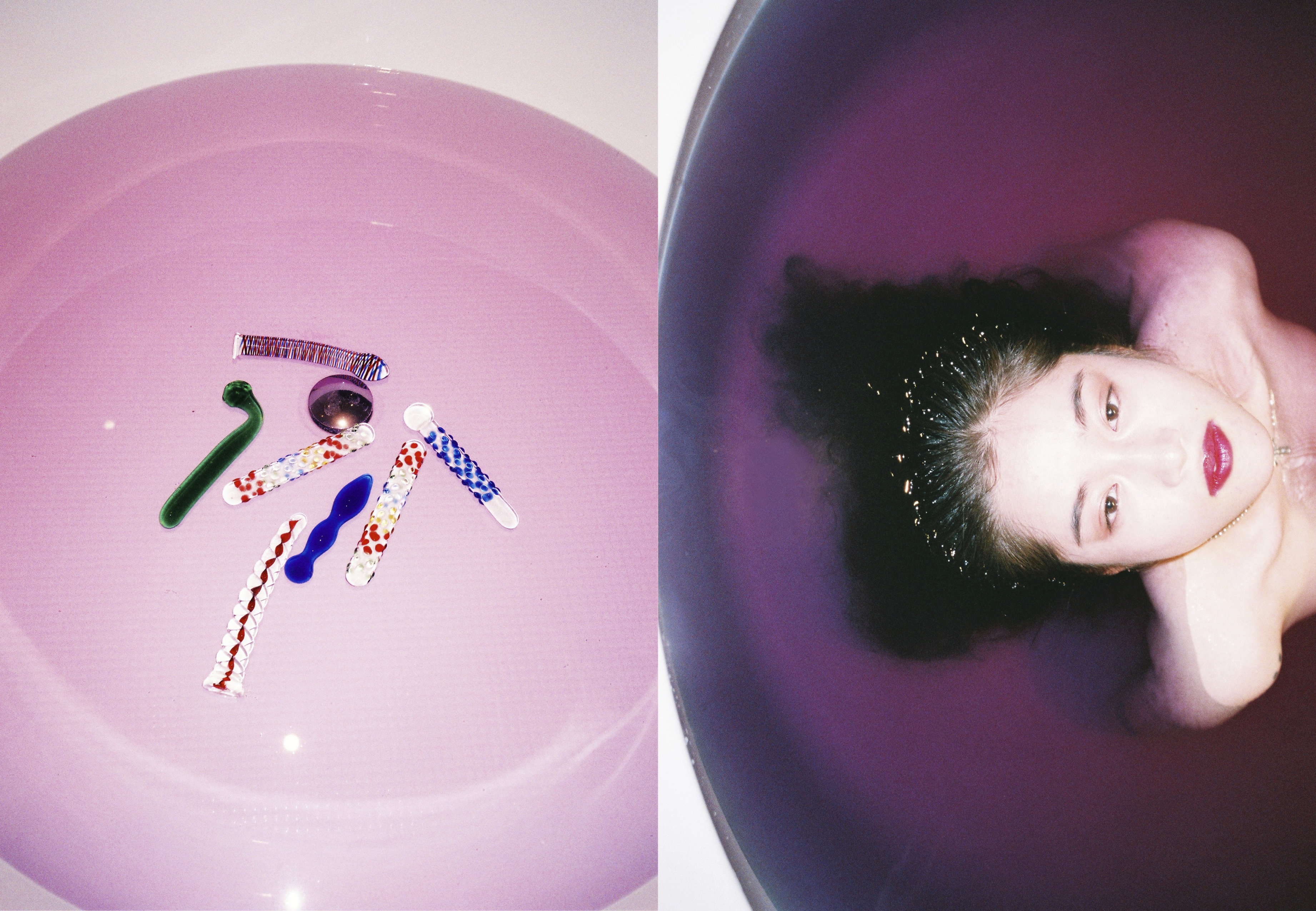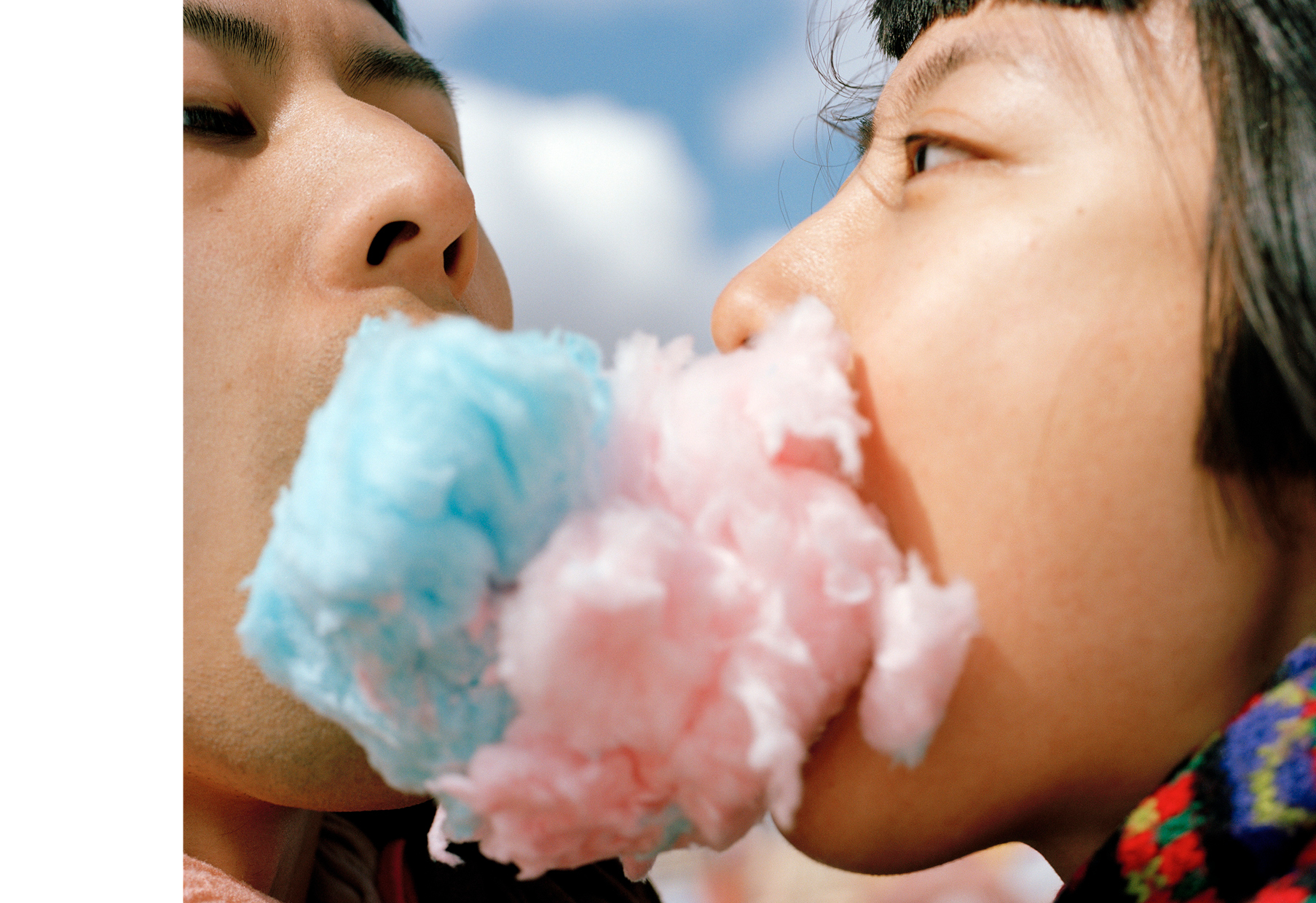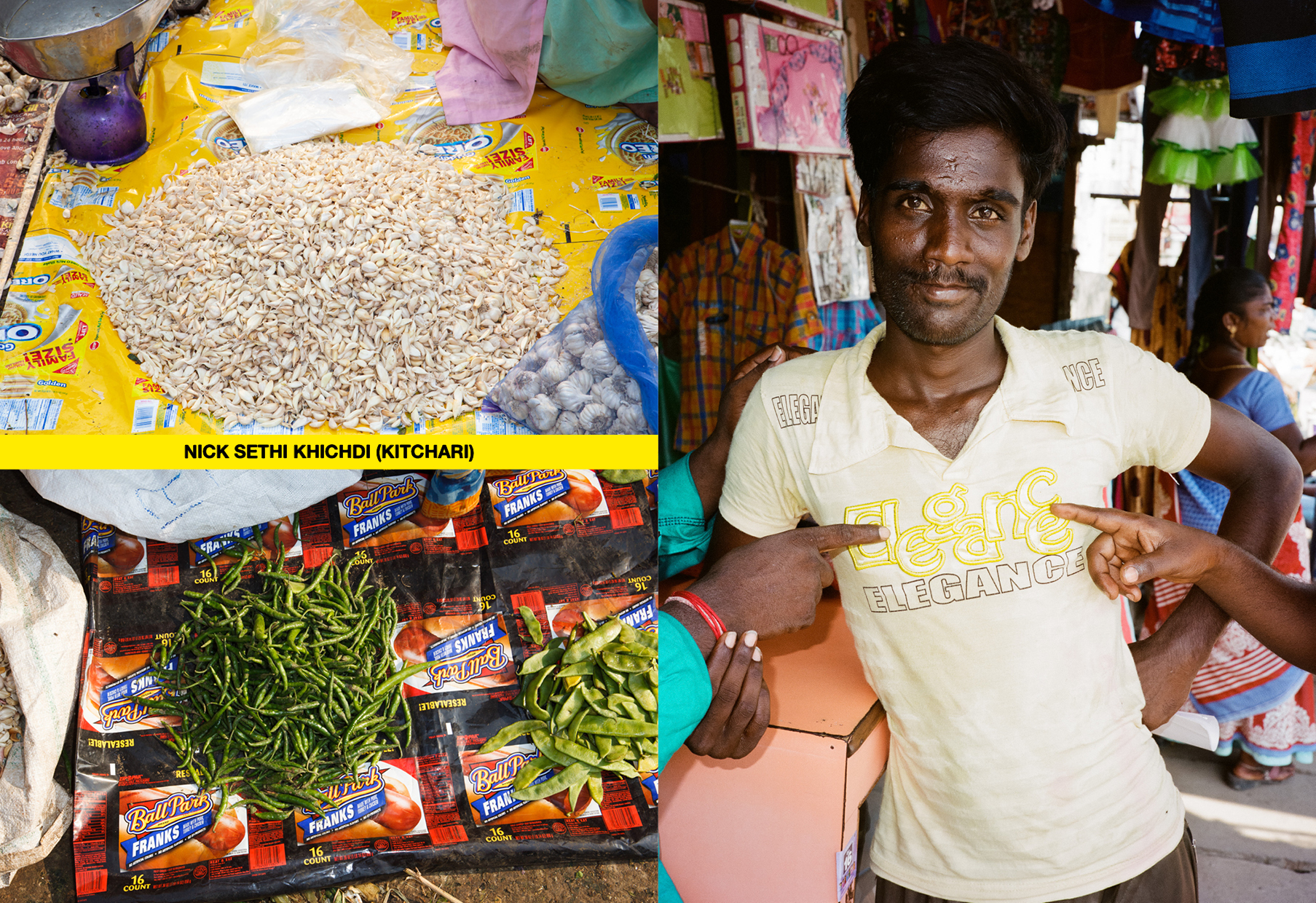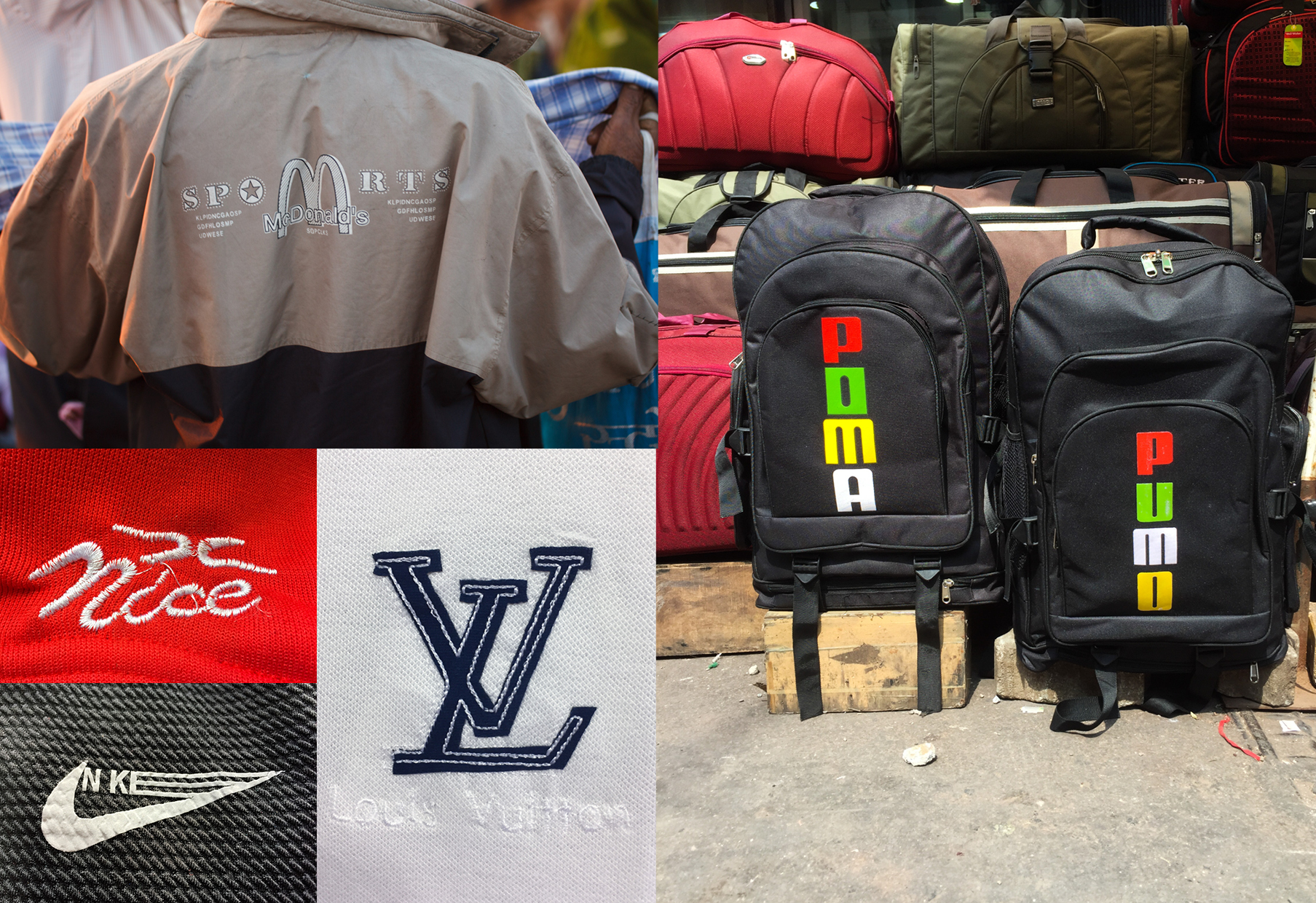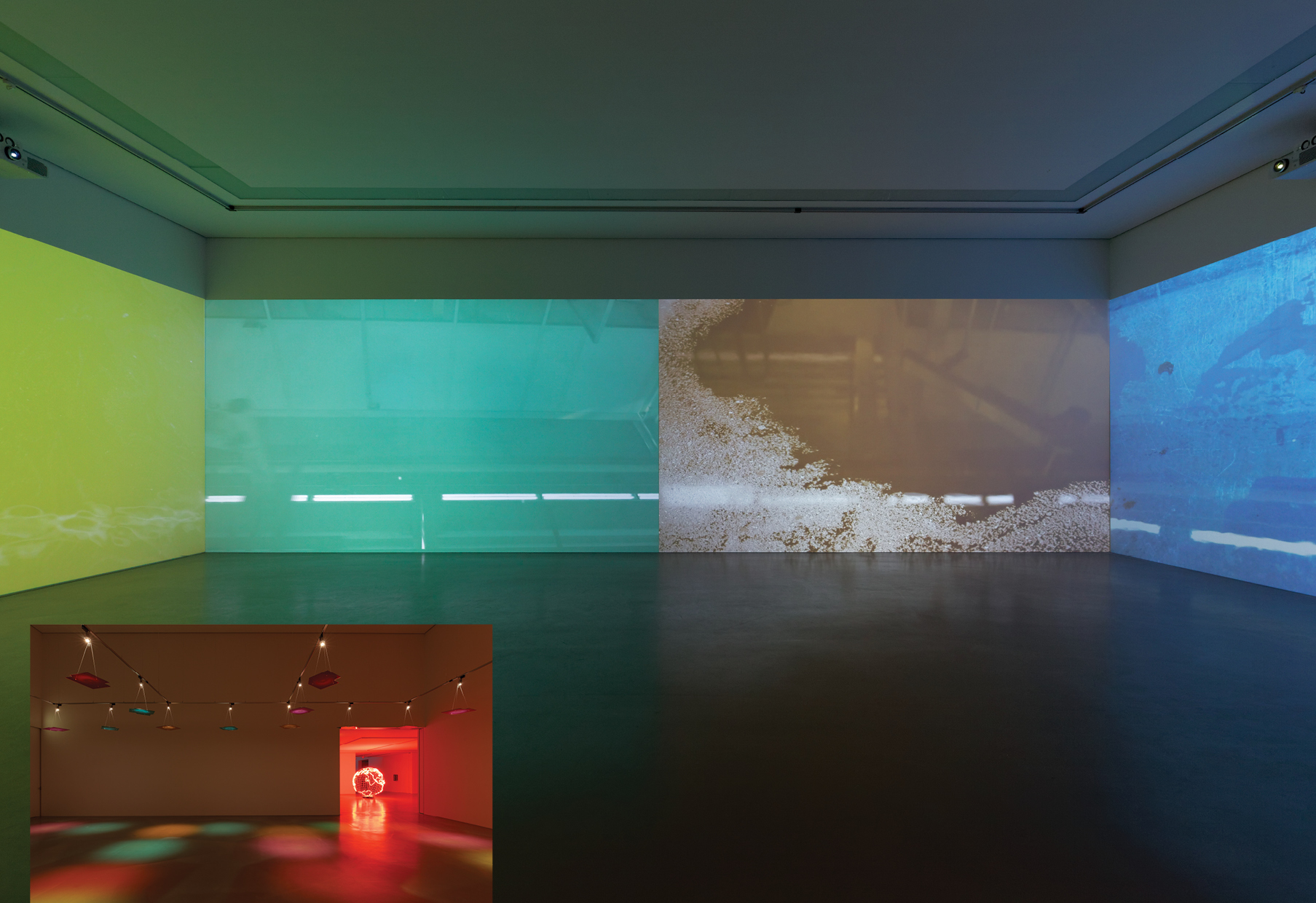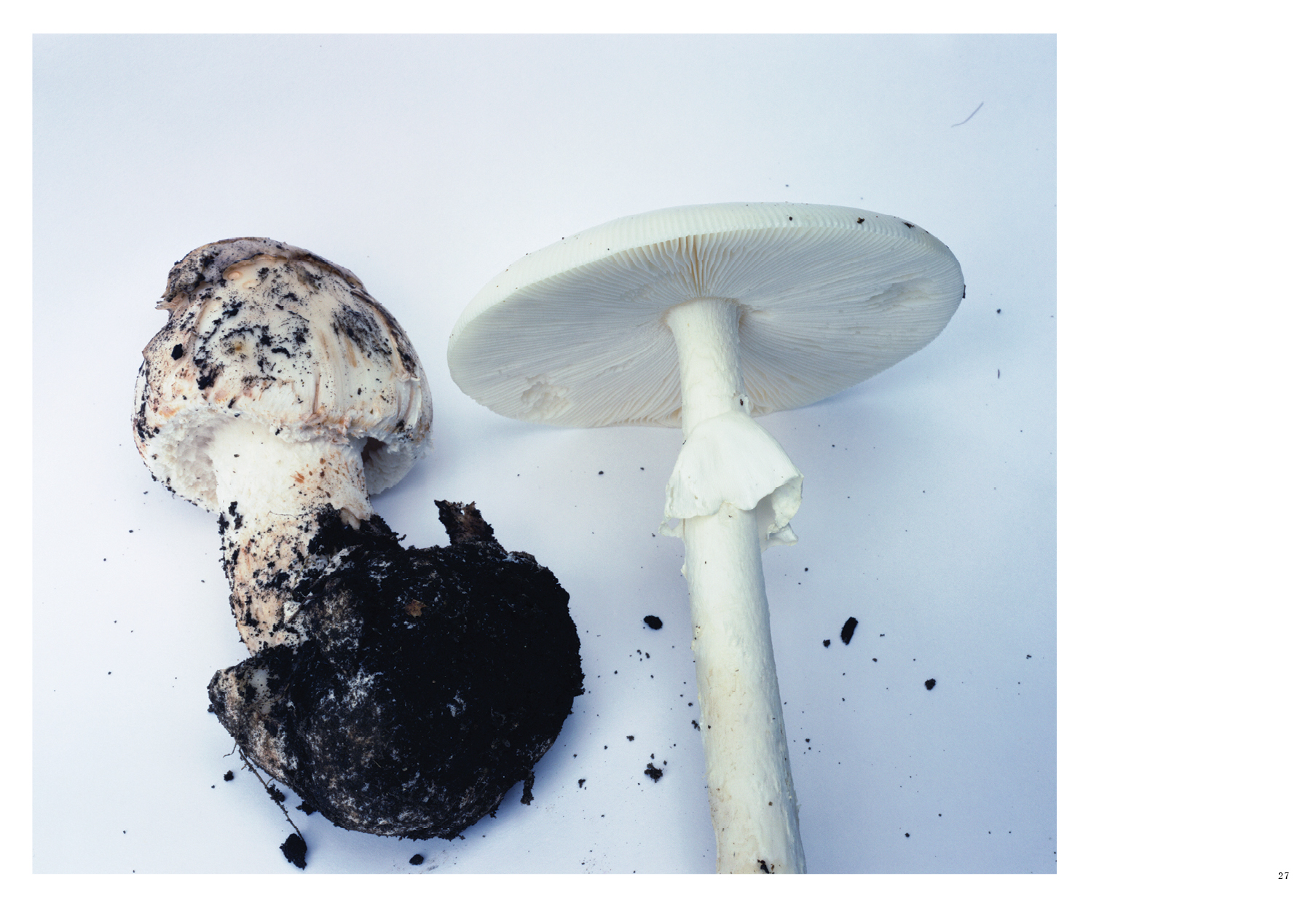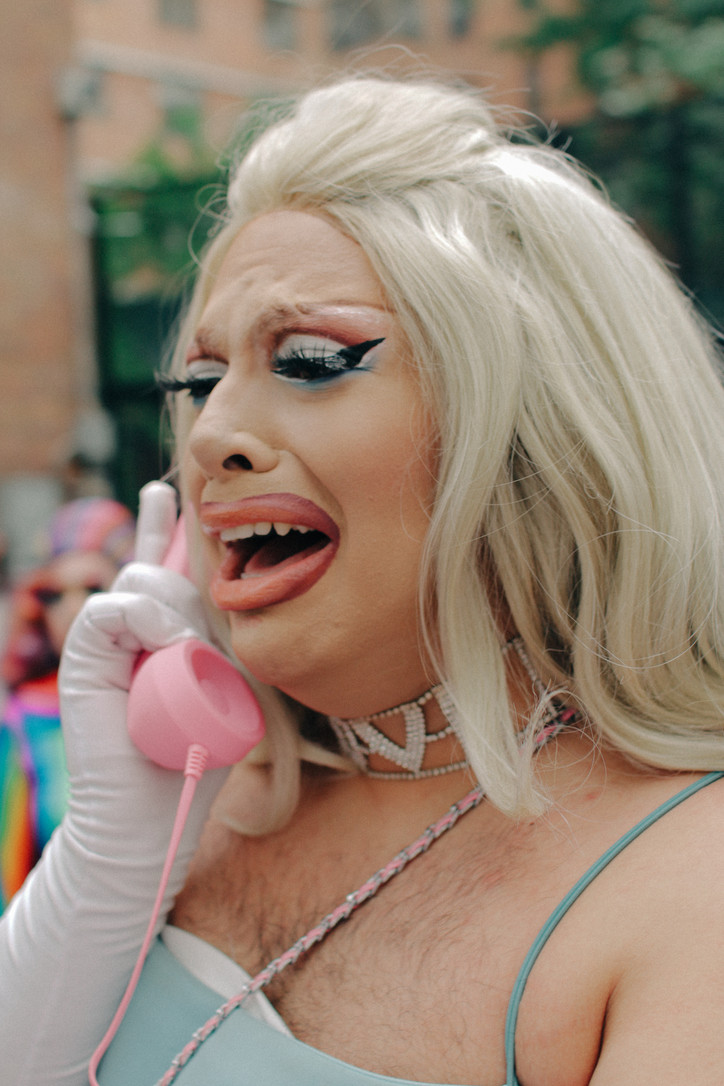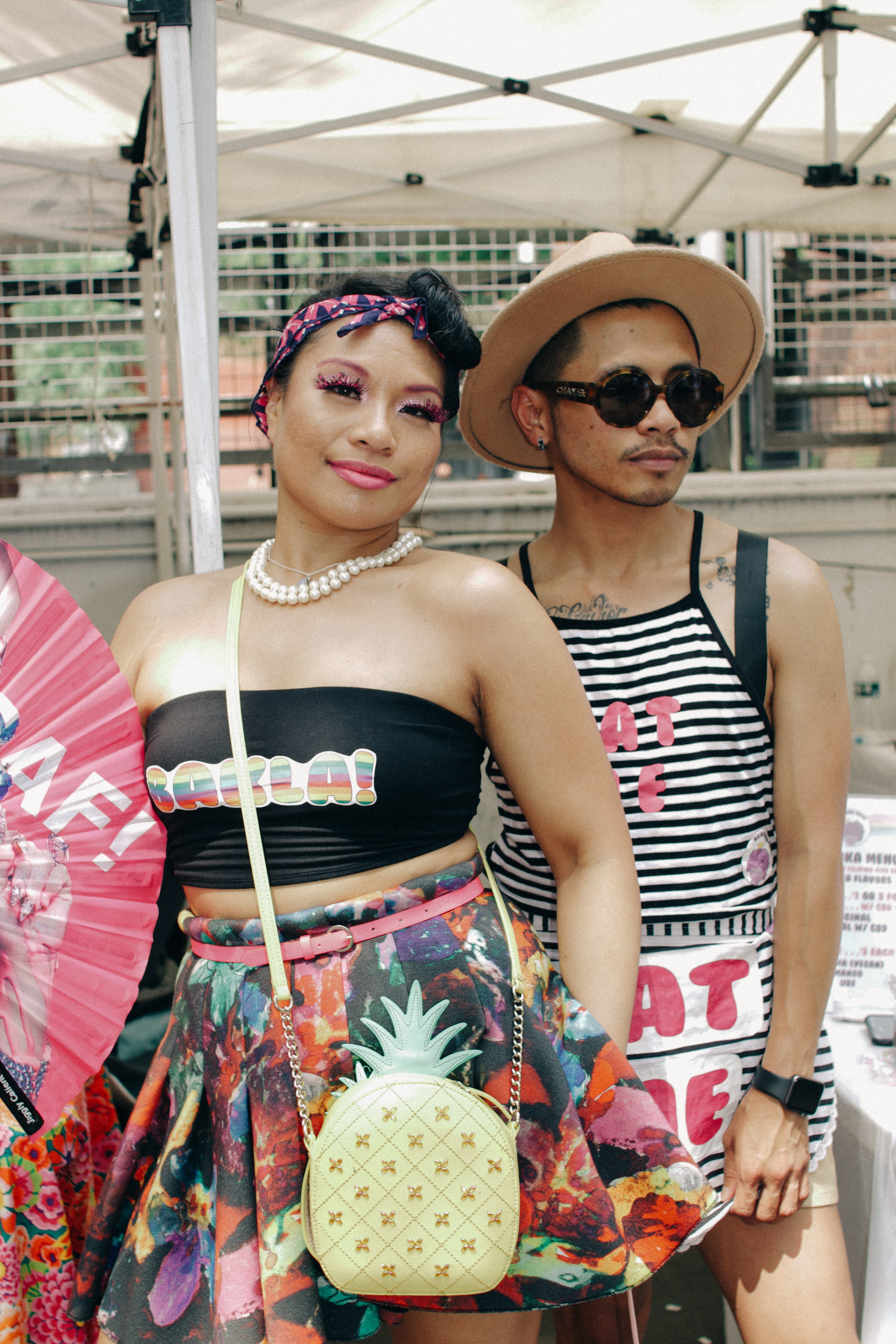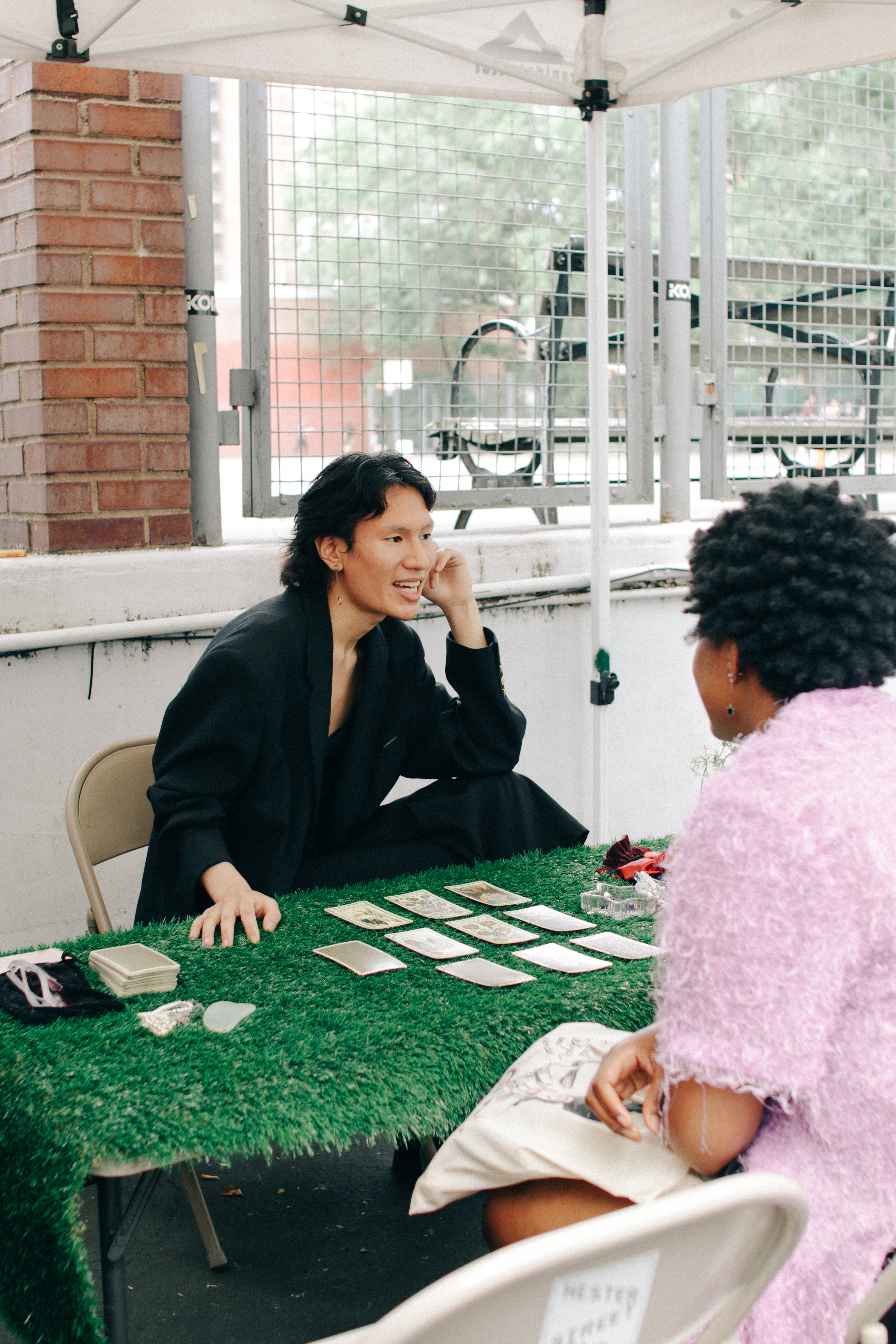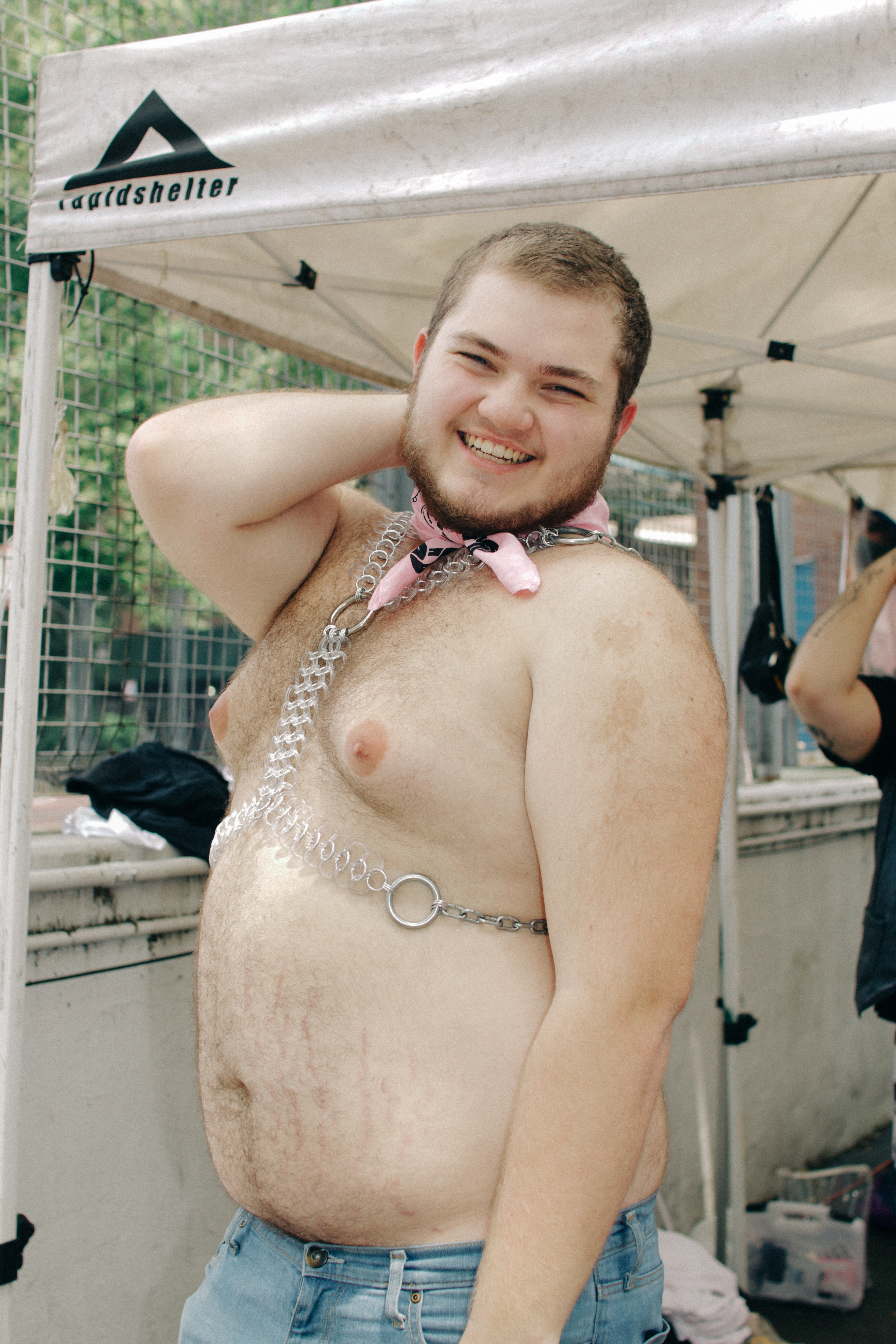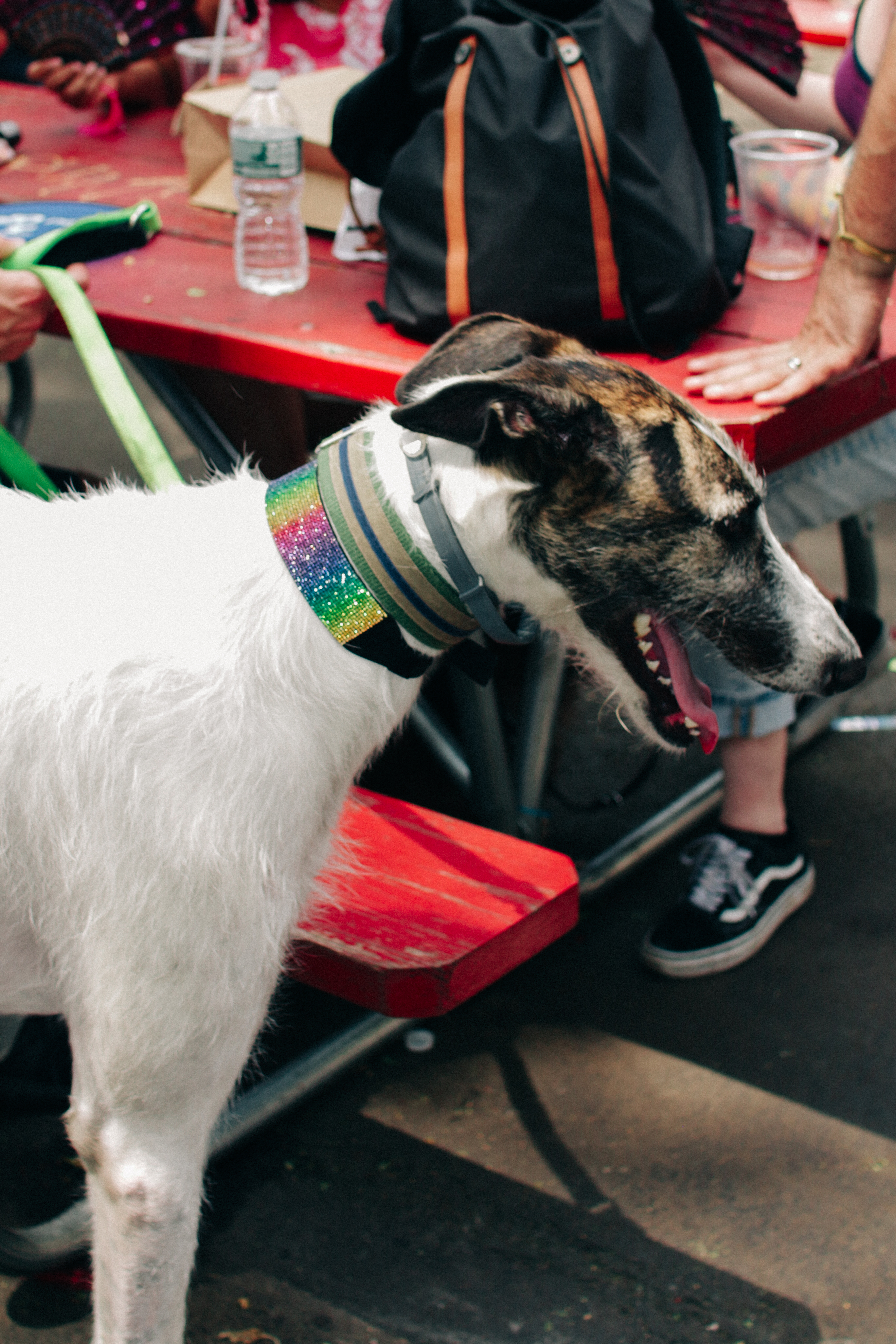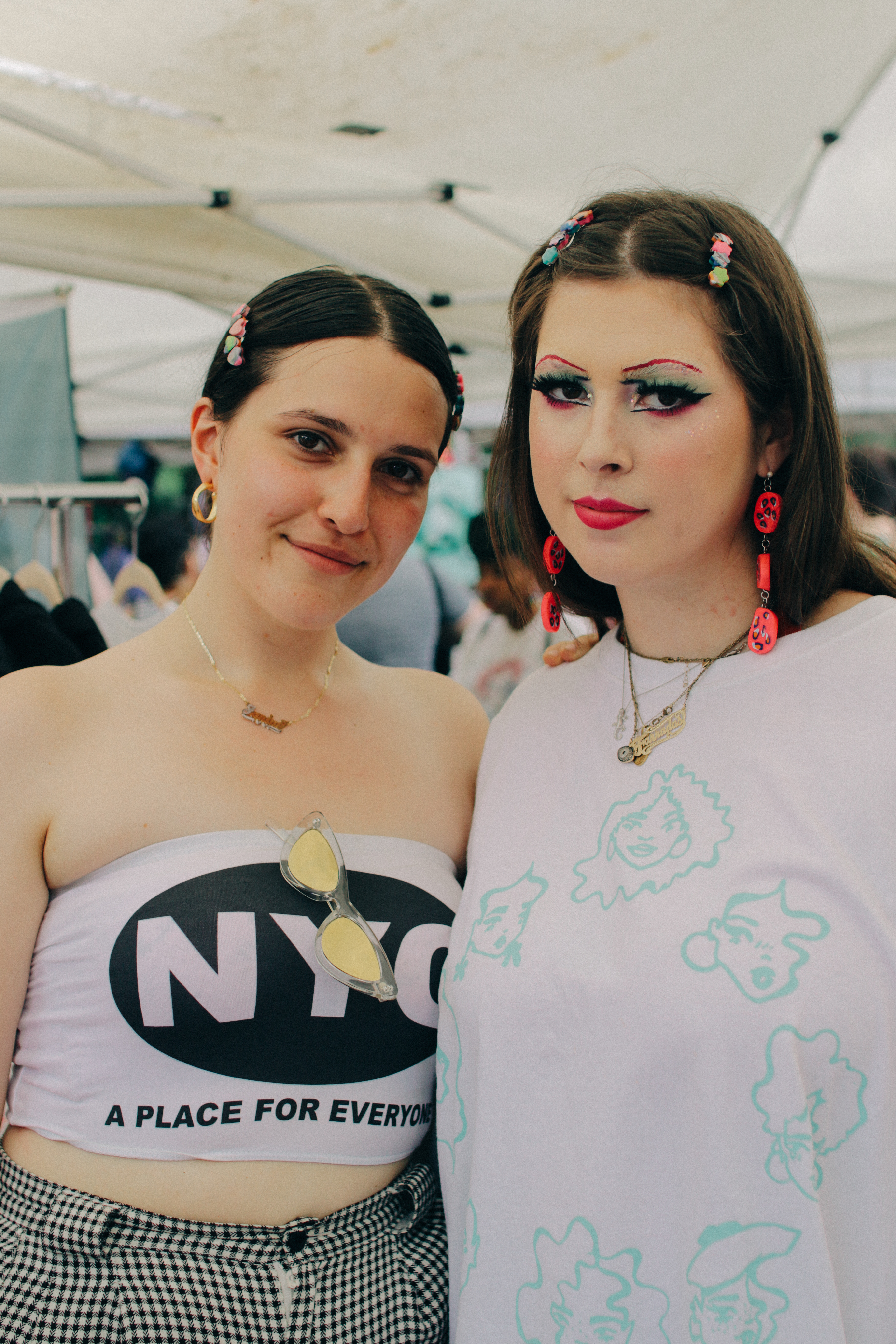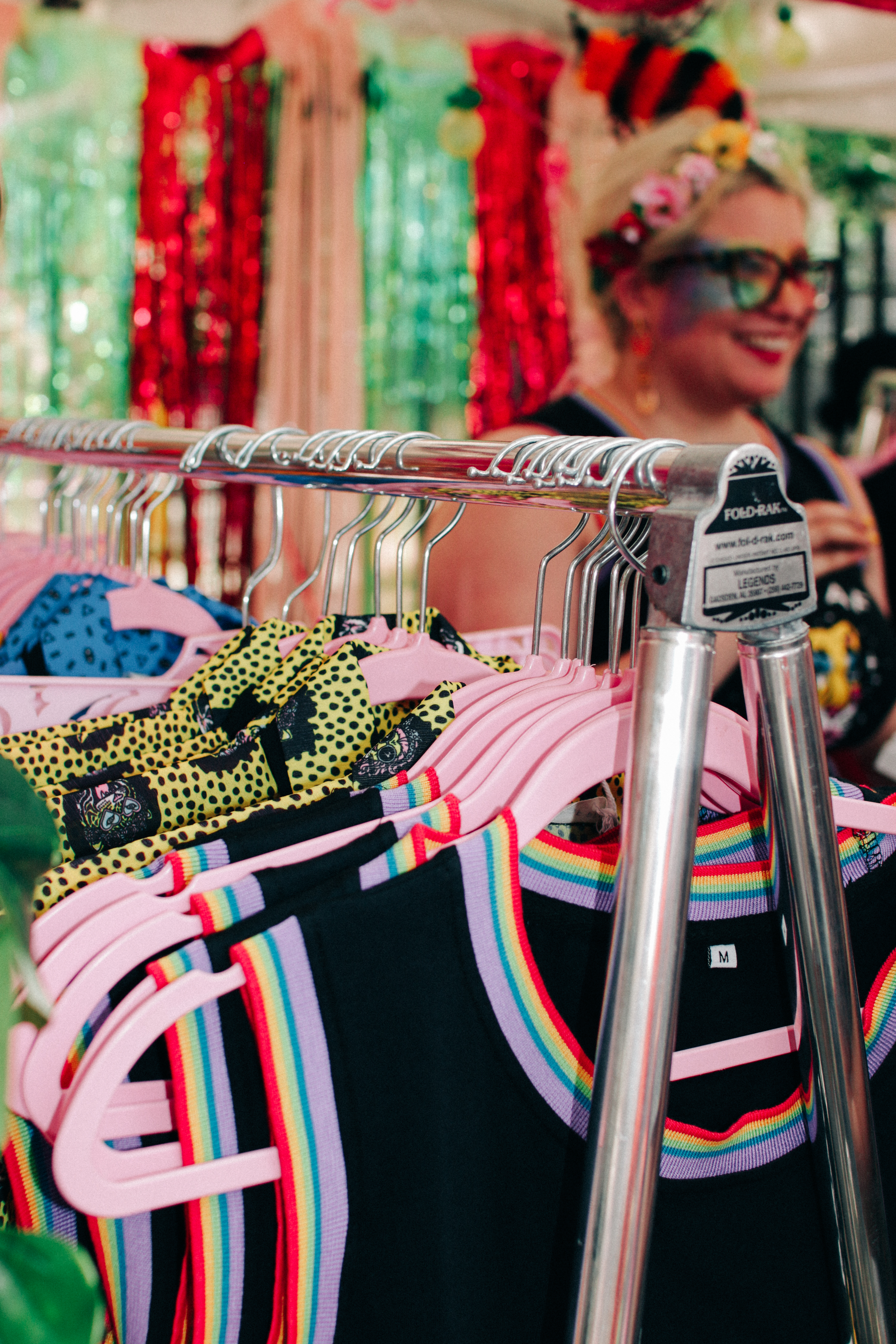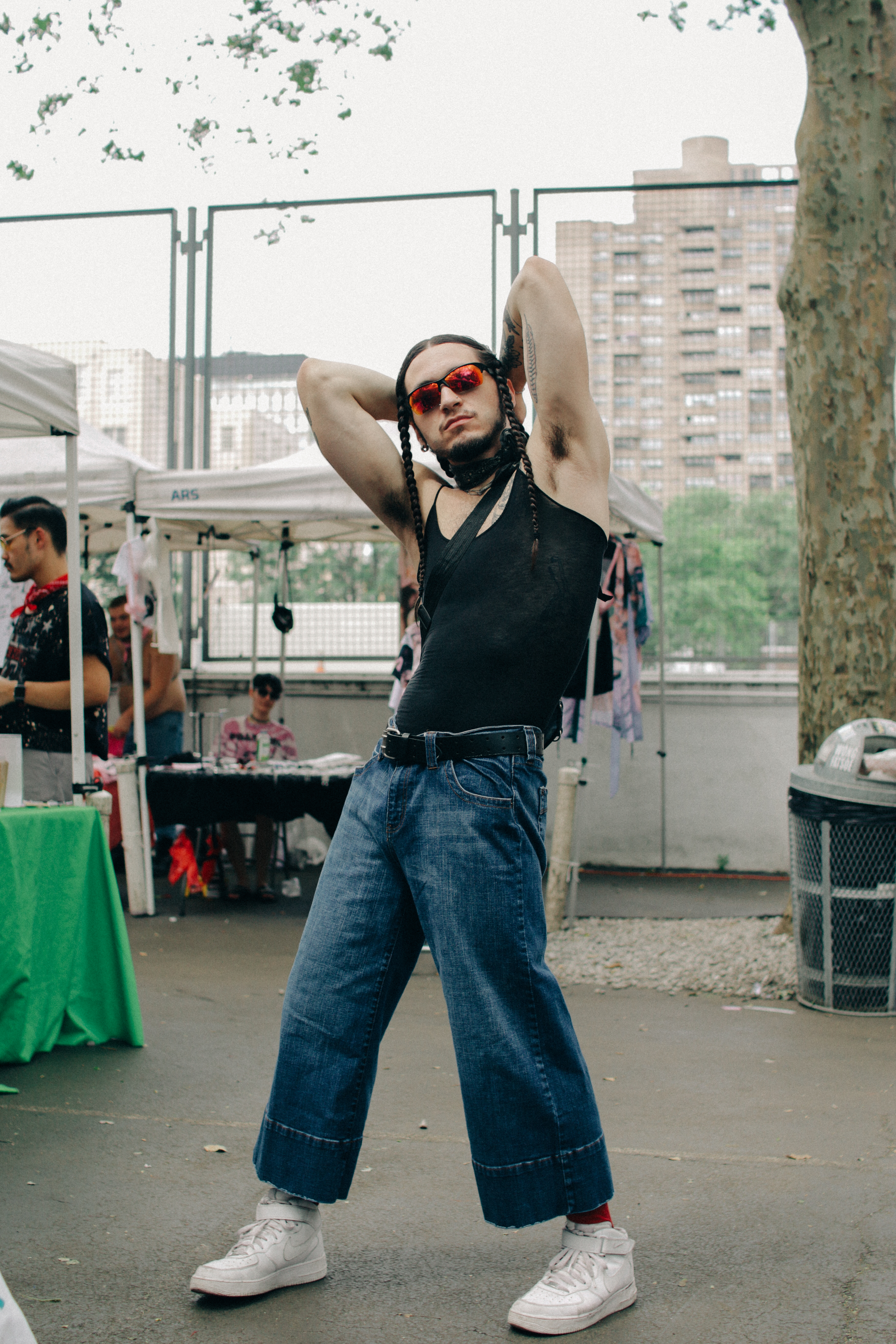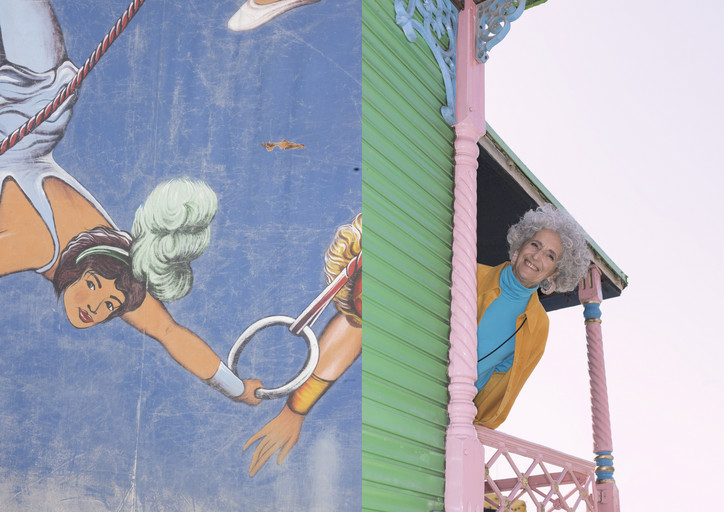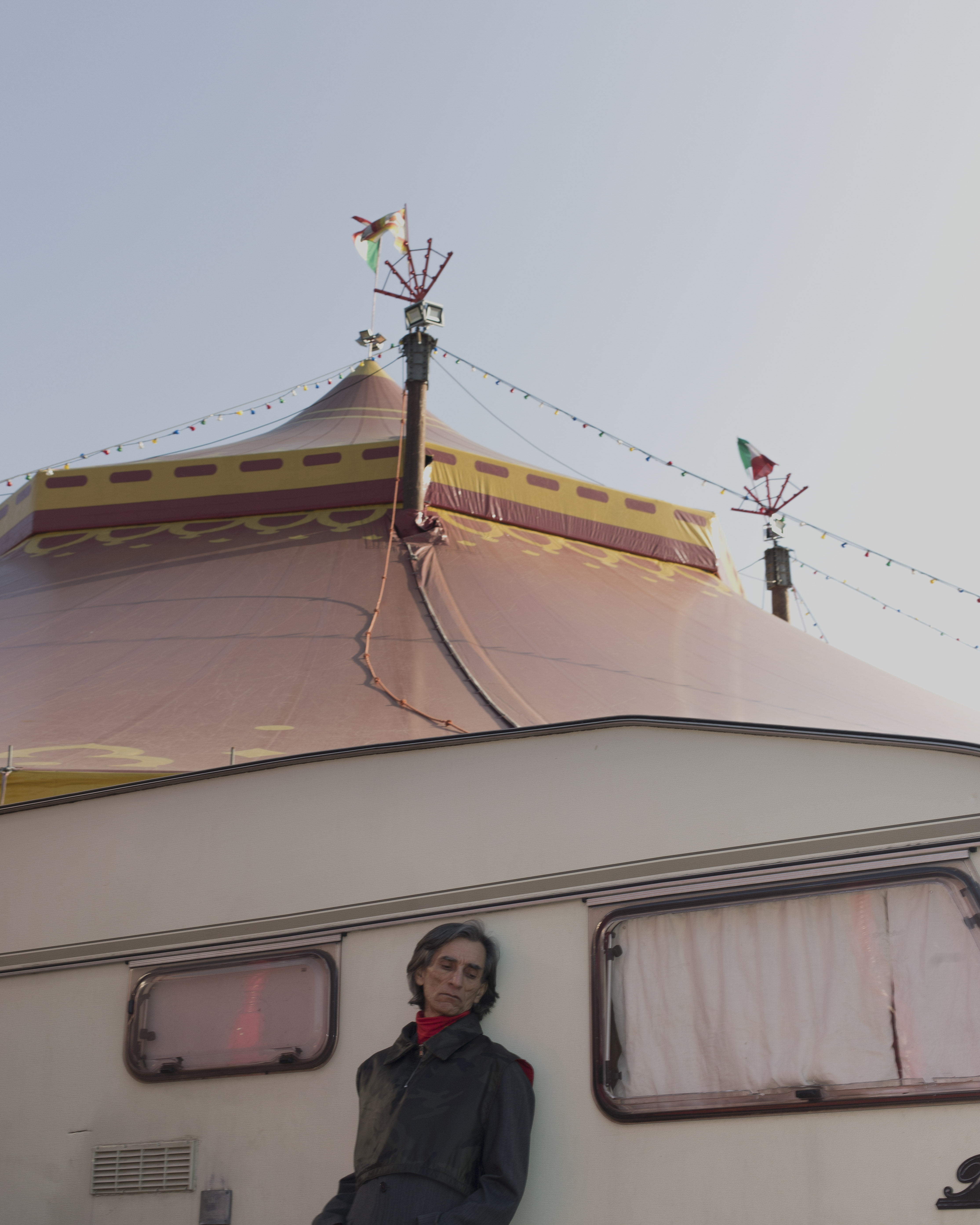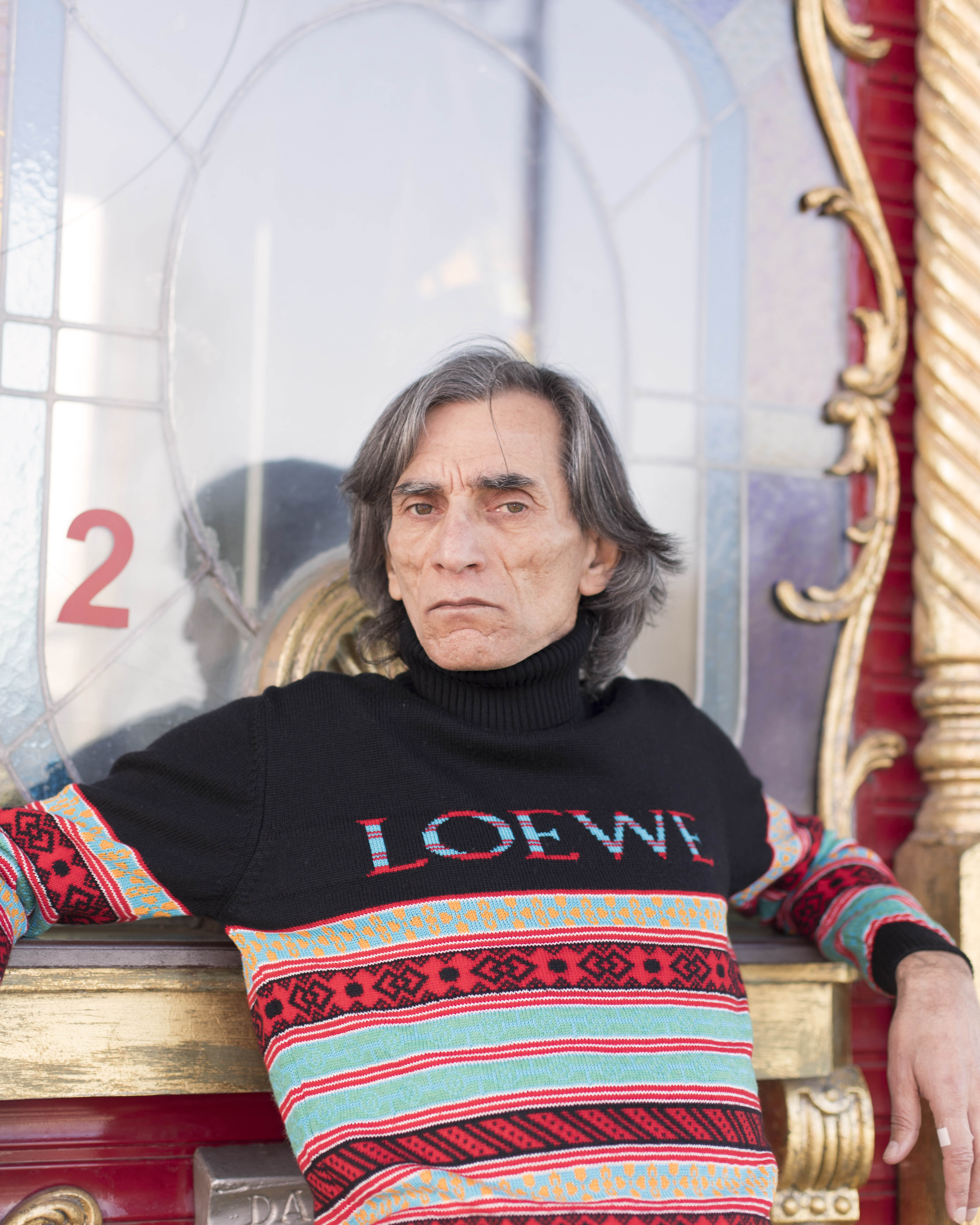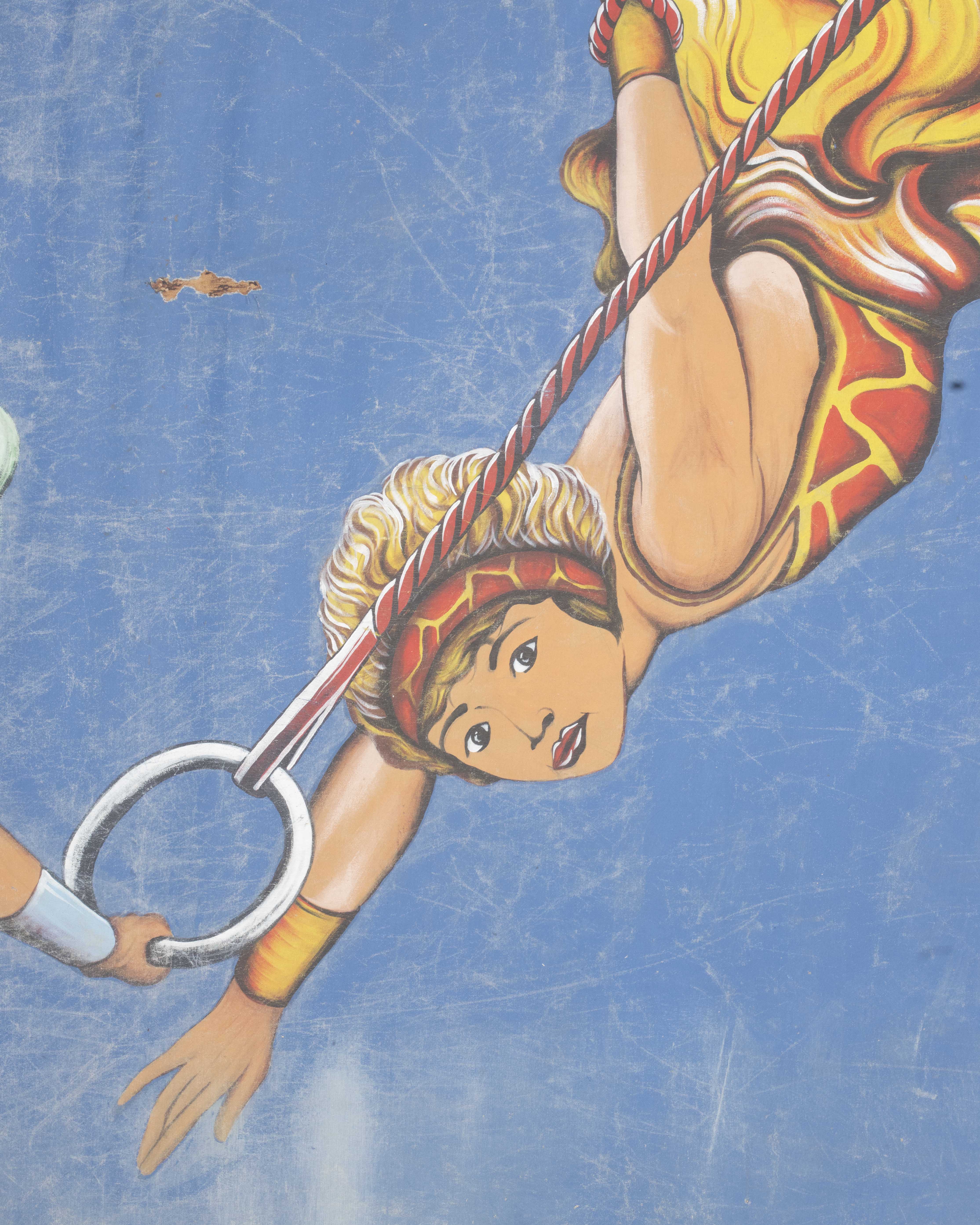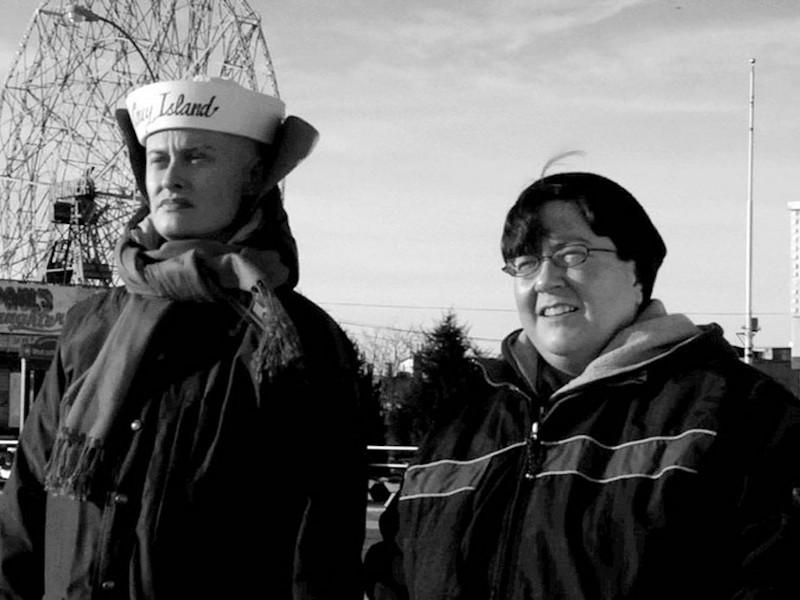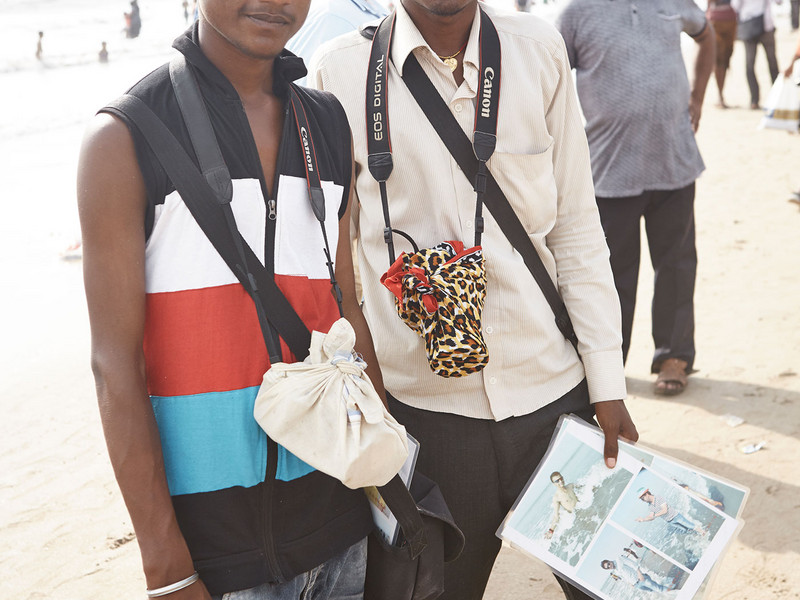What does Far-Near mean to you?
Regarding the name: this book series is intended to broaden our perspectives of Asia. I really wanted to showcase the vast and various areas of creativity across the Asian continent. From the Far East to Middle, South, Central, and Near East—the goal is to broaden the notion of what Asian culture is, and reduce the sense of otherness put on Asia. Hence, the direction of Far to Near: bringing things closer to home.
Why did you choose print?
In print, the content, and the creatives, have a permanent place in the cultural discussion. While we do supplement the printed book with online content, those pieces are more time sensitive. The work in the book is meant to be everlasting; more concrete explorations.
What was like growing up in New York; and how did being biracial shape your voice?
A melting pot. I grew up with my father, who is Italian from the Bronx, but he is very eclectic. So I explored many different spiritual groups as a child—going to meditation every week at Indian spiritual groups, as well as Korean Daoist meetings, for example. It opened me up to being interested in seeing our similarities, and differences, across cultures. However, I was not brought up with the Asian side of my heritage; but I always identified with it because physically, I look very asian. Ariana, my features editor, and I, both embraced, and searched, for any form of Asian culture we could absorb throughout the city. Whether it be through manga, dim sum in Chinatown, or karaoke in K Town, we felt an urge to learn more about Asian culture, since we didn’t have a direct connection with it. I feel like this has bled into my work now: as this part insider—part outsider experience has helped me see what might be missing in the arts, fashion, cultural industries, regarding representation; also, how Asians value their own work, or what outlets they have to express themselves.


